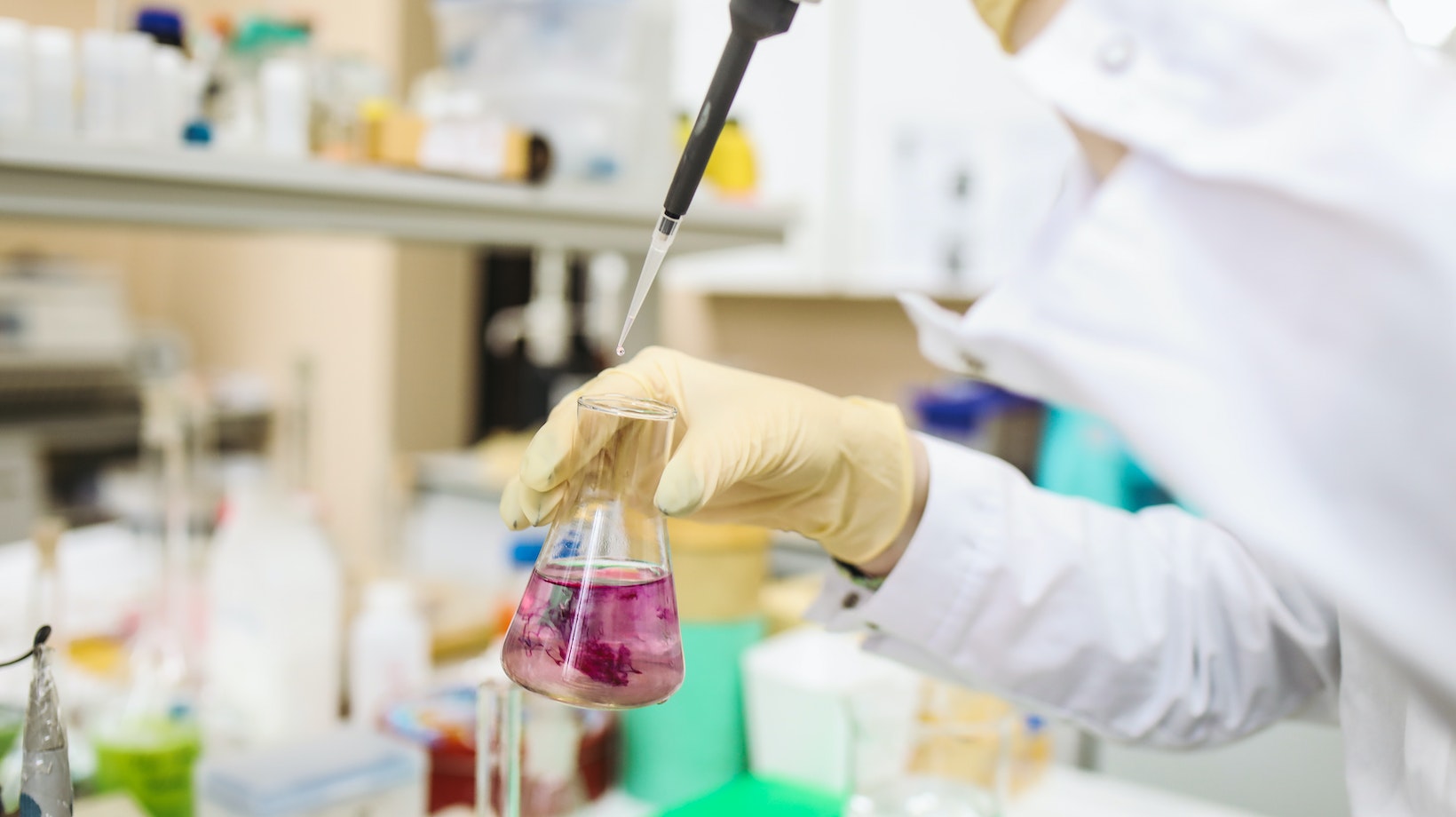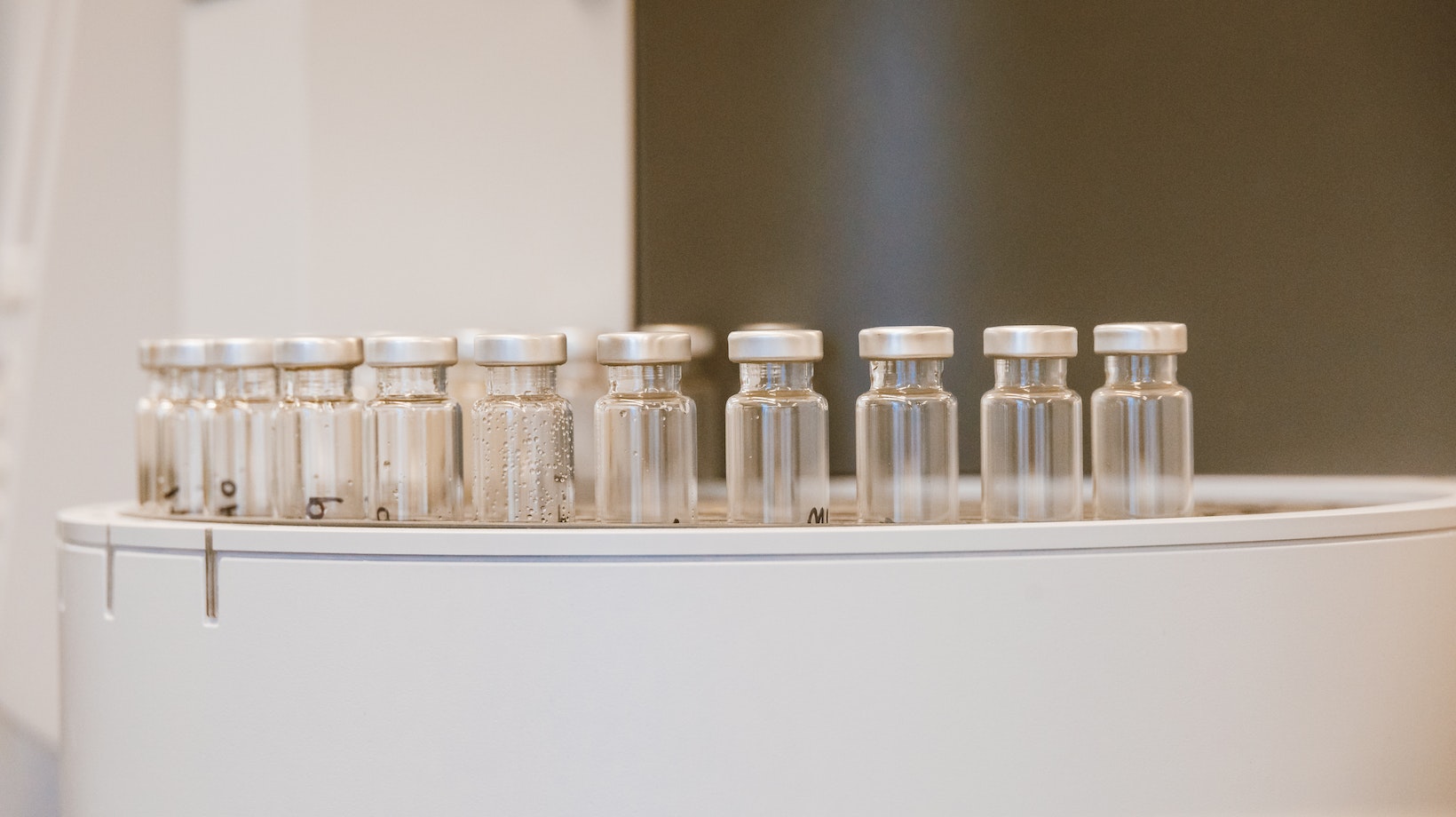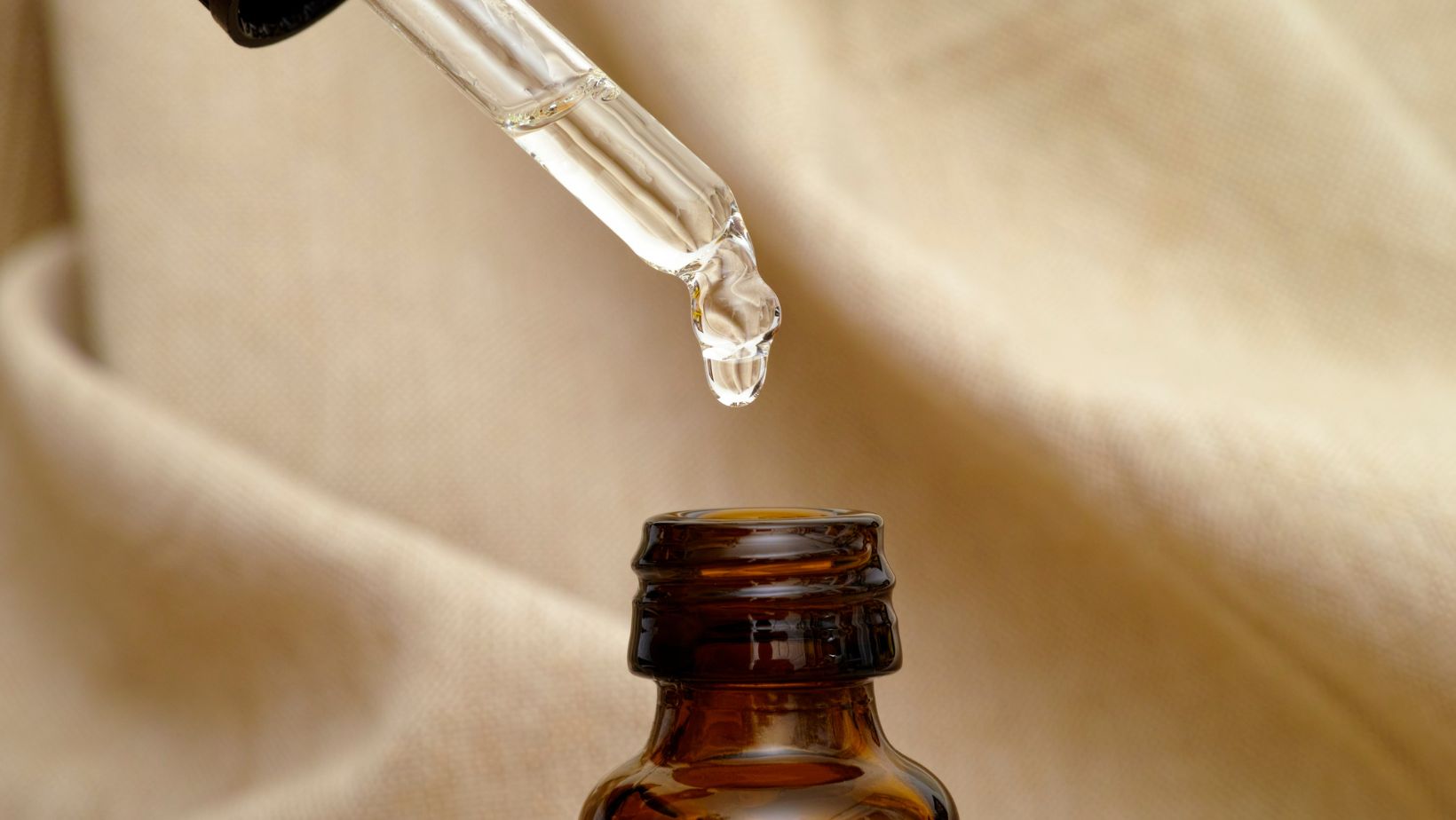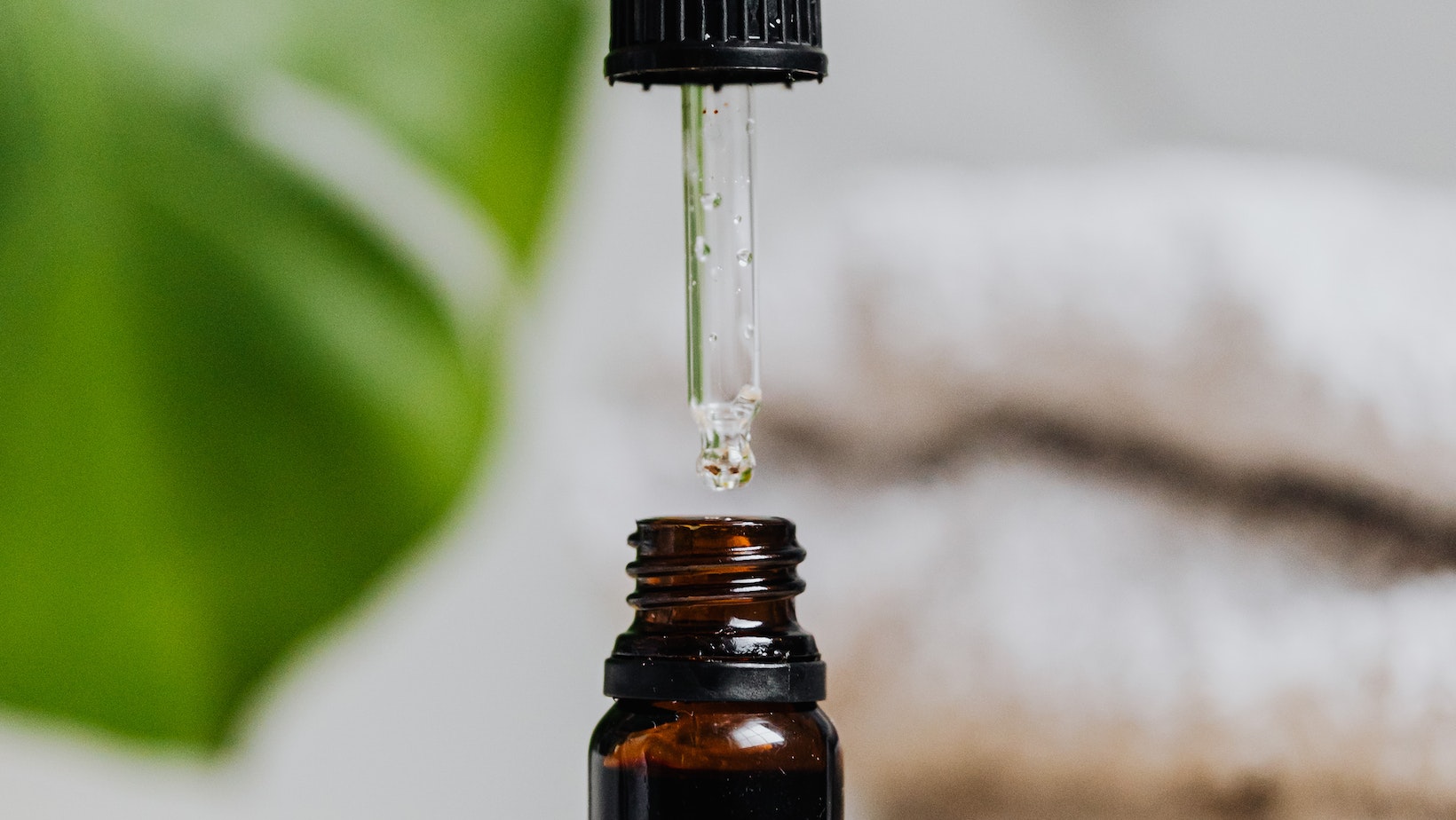How Many Drops in a 10 ml Bottle: A Comprehensive Guide

Understanding the Volume of a 10 ml Bottle
When it comes to understanding the volume of a 10 ml bottle, there are a few key factors to consider. Let’s dive in and explore this topic further:
- Standard Measurement: Firstly, it’s important to note that a 10 ml bottle is a standard size commonly used for holding liquids such as essential oils, medications, or cosmetic products. This measurement refers to the total capacity of the bottle and indicates how much liquid it can hold.
- Drops per Milliliter: Now, let’s talk about drops. The number of drops in a milliliter can vary depending on the viscosity (thickness) and surface tension of the liquid being dispensed. Generally, it is estimated that there are approximately 20 drops in 1 ml when using a standard dropper or pipette.
- Precision Matters: Keep in mind that drop sizes may not always be consistent due to factors like temperature, dropper design, or user technique. Therefore, if you’re looking for more accurate dosing or precise measurements, it may be necessary to use specialized equipment like calibrated droppers or syringes.
- Conversion Considerations: If you’re wondering how many drops are in a 10 ml bottle specifically, we’ll need to do some math based on the estimation mentioned earlier. Given that there are approximately 20 drops per milliliter, multiplying this by 10 gives us an approximate total of 200 drops in a standard-sized 10 ml bottle.
- Individual Variations: However, please note that this calculation is an estimate and can vary slightly depending on various factors mentioned previously. Factors such as dropper design (e.g., narrow vs wide), liquid density (e.g., water vs oil), and even personal technique can all influence drop size and therefore affect the final count.
Remember that these numbers serve as general guidelines rather than absolute values since drops can differ from person to person or product to product. If you’re unsure about the specific number of drops in a particular 10 ml bottle, it’s always best to consult the manufacturer’s instructions or seek guidance from a healthcare professional.
As we continue exploring different aspects of this topic, we’ll uncover more insights and practical information regarding dropper bottles, dosing accuracy, and other related considerations. Stay tuned for more valuable knowledge in our ongoing article.

How Many Drops in a 10 ml Bottle
When it comes to determining the number of drops in a 10 ml bottle, there are a few factors to consider. The size of the dropper and the viscosity or thickness of the liquid can affect how many drops are dispensed per milliliter. Let’s delve into this topic further to gain a better understanding.
Firstly, it’s important to note that different droppers have varying drop sizes. Some droppers may produce larger drops, while others may dispense smaller ones. This discrepancy can impact the overall number of drops in a 10 ml bottle. To get an accurate estimate, it’s helpful to check the packaging or consult with the manufacturer for information on drop size.
Additionally, the viscosity of the liquid plays a role in determining how many drops will come out per milliliter. Thicker liquids tend to form larger drops and may result in fewer total drops compared to thinner liquids. So, if you’re working with a particularly thick substance, like oil or syrup, you might find that fewer drops are dispensed from your 10 ml bottle.
Moreover, individual technique also plays its part when using a dropper. The speed at which one squeezes or releases pressure on the bulb can influence drop size and consistency. It’s essential to maintain consistency throughout each measurement to obtain reliable results.
While we can’t provide an exact number due to these variables, we can offer some general guidelines based on common assumptions:
- On average, most droppers deliver around 20-30 drops per milliliter.
- Therefore, for a standard 10 ml bottle with an average-sized dropper producing roughly 25 drops per milliliter, you could expect approximately 250-300 drops in total.
Remember that these numbers serve as rough estimates and should not be considered absolute values for all situations. It’s always best to refer back to product-specific information or consult with the manufacturer for more precise measurements.




